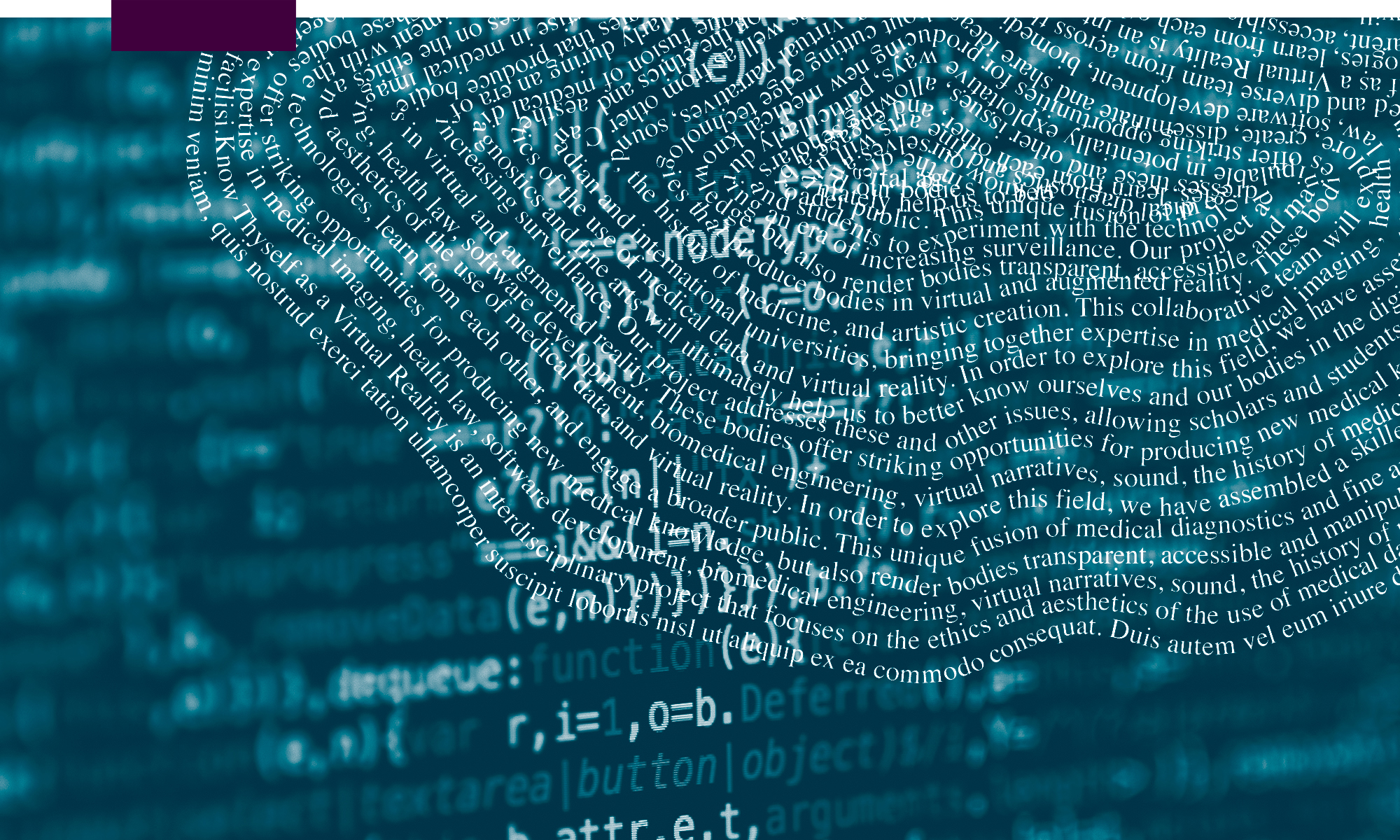Data Subjects
Computation is a cultural material. Computation is at the heart of our digital technologies, and, as increasing amounts of our communication is mediated by such technologies, it has become a core tool for expressing cultural values.
—Jason Edward Lewis, ed., Indigenous Protocol and Artificial Intelligence Position Paper
Situated and nuanced cultural understandings of data ownership and stewardship
Much of the guidance and legislation discussed thus far is informed by an individualistic worldview, in which the emphasis is on individual ownership and the privacy of an individual’s data. Governmental regulations and institutional guidelines have also been mostly binary, purporting that one way of working with data is “right,” while another is “wrong.” It is crucial, however, to consider data ownership and stewardship from a collective and culturally, geographically, and historically situated perspective. Jason Lewis’s 2020 Indigenous Protocol and AI Position Paper, OCAP®, and CARFAC’s 2022 Indigenous Protocols for the Visual Arts offer multiple, less binary, and situated ways of considering data ownership and stewardship.
OCAP®, which stands for ownership, control, access, and possession, is an educational resource created by the First Nations Information Governance Centre (FNIGC) to help First Nations communities in Canada control data collection processes in their own communities and how information is used. In a short video about OCAP® on the FNIGC website, the narrator explains how First Nations have always protected resources for future generations and that one of today’s most important resources is data/information (First Nations Information Governance Centre, n.d.). First Nations people understand that information is not just about numbers and surveys; it is about culture, identity, traditions and self-determination. OCAP® ensures that First Nations people are the stewards of their own information and that they have ownership of their data both individually and collectively. Ownership, control, access, and possession of data ensures that information derived from it First Nations communities is used for the benefit of First Nations communities. One of the FNIGC’s 2017 reports, “The Power of Data: Bigstone Cree Nation,” explains that ownership of and access to data about a community helps it to grow positively and relationally. The report explains how health and education data can be used by the community to make decisions about where and when to grow schools and health care centres. The report makes clear how data can be used positively if it is used by the generators of the data to benefit the generators of the data (and not by corporations and governments seeking to commodify and control).
The 2020 Indigenous Protocol and Artificial Intelligence Position Paper is based on two workshops that brought together thirty-five individuals to discuss the future of AI from Indigenous perspectives. Edited by digital media artist and scholar Jason Edward Lewis, the two-hundred-page paper is a rich and generous contribution to thinking about data and AI systems. In the introduction, Lewis makes clear that this the paper is a living document, explaining that the term Indigenous is a “connective tissue rather than descriptive skin,” and that the discussion of data ownership and AI must continue to grow and develop (2020, 20). The paper then goes on to describe themes that emerged from the Indigenous Protocol and AI workshops: Hardware and Software Sovereignty (control of AI systems so that they can be trusted); How to Build Anything Ethically (designing systems to reflect ideas of kinship with non-human entities); Language, Landscape, and Culture (situated knowledge, understanding, and respect for territory); Art Practice as Value Practice (underlining the need of art to envision how AI systems evolve; and AI as Skabe (helper) (AI and humans in a reciprocal relationship of care and support). Although the primary focus of the paper is AI systems, the discussions are intrinsically related to data ownership and stewardship.
The theme Art Practice as Value Practice manifests as a series of “Vignettes”—arts-based projects envisioning how AI and data might be built and lived with according to the creator’s Indigenous epistemology. The first vignette is Anishinaabe media artist Scott Benesiinaabandan’s 2019 AI creation story, which opens with the description of an “Octopus Bag Device, an AI system that is shaped by the DNA of the individual that carries it within her and which offers the ultimate in territorial sovereignty” (J. Lewis 2020, 13). The Octopus Bag Device is a removable and relatively non-invasive (it can be removed without issue), multisensorial computing device that uses our inherent DNA capabilities, both as storage and computational power (using true parallel computing). This device is held in the mouth by the molars along the side of teeth and against the cheek—both teeth and cheeks are fertile areas to access DNA material. Elements of the device are in direct contact with the back of the jaw where our “wisdom” teeth used to (accounting for our skeletal evolution) come in. This allows the device to have direct skeletal vibration conduction. Other elements extend up from the mouth and sit loosely in the nostrils to allow for pheromonal stimulations. Sensory inputs (smell, sight, taste, touch, hearing) are stored in universally unique and overlapping ratios to the individual. (46)
This visceral description of a data collection device is followed by a story of a Little Boy who battles an Old Lady with World-eating teeth in order to win the bag and save his people who have become sick from an unknown illness. In many ways, Benesiinaabandan’s AI creation story echoes the message and vision of “The Power of Data” report: data from a community has the power to serve, protect, and heal a community. “Indigenous communities must control how their data is solicited, collected, analysed and operationalized. They decide when to protect it and when to share it, where the cultural and intellectual property rights reside and to whom those rights adhere, and how these rights are governed” (J. Lewis 2020, 22).
Both Indigenous Protocol and Artificial Intelligence and CARFAC’s Indigenous Protocols for the Visual Arts explain the importance of understanding, respecting, and complying with protocols—namely, the traditional ways of doing things in a particular territory. CARFAC’s protocols note that as new technologies and ways of making art emerge, Elders and Knowledge Keepers offer guidance and help “craft new Protocols and to adapt traditional ones to engage new materials, technologies, and ways of doing things” (CARFAC and Neel 2021, 7). The protocols provide questions for Indigenous Nations, communities, and families to consider with regard to visual art that can also apply to data, especially if the data is being used as a material with and from which to create art.
Both Indigenous Protocol and Artificial Intelligence and Indigenous Protocols for the Visual Arts are generous documents that offer clear guidance for Indigenous researchers and artists on how to work with data to create artworks, and should be read in full. They also guide non-Indigenous researchers and artists to be “well informed and introspective about what they should and should not do with certain images, forms, and artistic styles” (CARFAC and Neel 2021, 25). To move forward ethically, we must listen carefully and deeply rethink and challenge colonial and individualistic concepts of ownership and property, which may be shaping emerging data laws and regulations. The discussions in this section are valuable for researchers and artists of all cultures across individualistic and collectivist societies to consider and evaluate in relation to their own past, present, and future communities and families. Thinking of data as a collectively owned resource that we should nurture, care for, and learn from in order to ensure a better life for future generations and a better environment around us, promises better decisions about, and happier relationships with data.
The International Brain Initiative and collectivist versus individualist concepts of data ownership in China, Japan, and Korea
In their 2018 paper “Neuroethics Questions to Guide Ethical Research in the International Brain Initiatives,” neurotech ethicist Karen Rommelfanger et al. explain how work done by International Brain Initiative (IBI), to coordinate brain mapping initiatives in China, Japan, Korea, Australia, and the EU, highlights important differences between Western and Buddhist and Confucian societies in relation to data collection and ownership. The IBI aims to “coordinate efforts across existing and emerging national and regional brain initiatives” to “capitalize on the investment in brain research and maximize global impact” (International Brain Initiative 2020, 212). Initiatives involved in IBI include the Korean Brain Research Institute’s Brain Initiative, Japan’s Brain/MINDS, the EU Human Brain Project, Brain Canada, and the Australian Brain Alliance (Rommelfanger et al. 2018, 22; International Brain Initiative 2020). Rommelfanger et al. explain that Japanese, Chinese, and Korean datasets are typically of non-human primates and that there are cultural differences based on Confucianism that prevent the collection of human tissue, and funeral rites that make autopsies and tissue (brain) extraction socially unacceptable (2018, 24). China, Japan, and Korea are more collectivist, so medical decisions and ownership of a person’s data is collective and family-based rather than individualistic. In China, Japan, and Korea, medical diagnoses are given to the heads of families rather than the individual, and medical decisions are made by the family rather than the individual (Rommelfanger et al. 2018, 30). This dynamic impacts whether or not people are likely to volunteer their data to research projects. The way in which societies conceptualize individuals also affects how privacy is understood. The paper also explains that in China, Japan, and Korea the individual is considered a part of a relational whole (i.e., you are defined by your relationship to others) (Rommelfanger et al. 2018, 25–26). Anything seen as an “abnormality,” especially in brain structure, can have a negative effect on the way people view themselves and how others relate to them (Jeong et al. 2019, 392). These cultural perceptions reduce people’s willingness to volunteer their data to research projects.
Rommelfanger et al. (2018) also offer a set of reflective questions about cultural perspectives for researchers to consider as they develop research projects with brain scan data. Their questions prompt researches to consider the “potential impact of a model or neuroscientific account of disease on individuals, communities, and society”; the “ethical standards of biological material and data collection and how local standards compare to those of global collaborators”; and “the moral significance of neural systems” they are working with (Rommelfanger et al. 2018, 24). These questions and the differences between collectivist and individual data ownership/stewardship are also valuable for artists and creative researchers to reflect upon when they work with data from both their own culture and other cultures. Reflecting on My Data Body and Your Data Body with these questions in mind prompts valuable new courses of action or revisions. Should Marilène Oliver have consulted with her family before making My Data Body? Are there aspects of Oliver’s data body that her family are uncomfortable with or could be uncomfortable with in the future that Oliver hadn’t imagined or considered? For Your Data Body, would it be valuable to include a new section of the VR work that includes a family discussion about Oliver’s data and how it impacts Oliver’s family collectively now and in the future?
Data Subjects Discussion Questions
• Could the use of certain data have consequences for a broader community? Should other community or family members be consulted on the use of data?
• Is the data being used for the benefit of the data generators? If not, is there any potential harm to the original data generators? If so, how can this be mitigated and the data generators grant permission?
• Are there other cultural perspectives that should be considered when using data? Are there any traditional knowledge keepers that could be consulted?
• Is there any potential for cultural appropriation when using a dataset?
CARFAC’s 2022 Indigenous Protocols for the Visual Arts toolkit explained above provides additional key questions for Indigenous Nations/communities, families, artists and curators to consider under the Additional Data Regulations in Academic Research and Anonymization headings.

